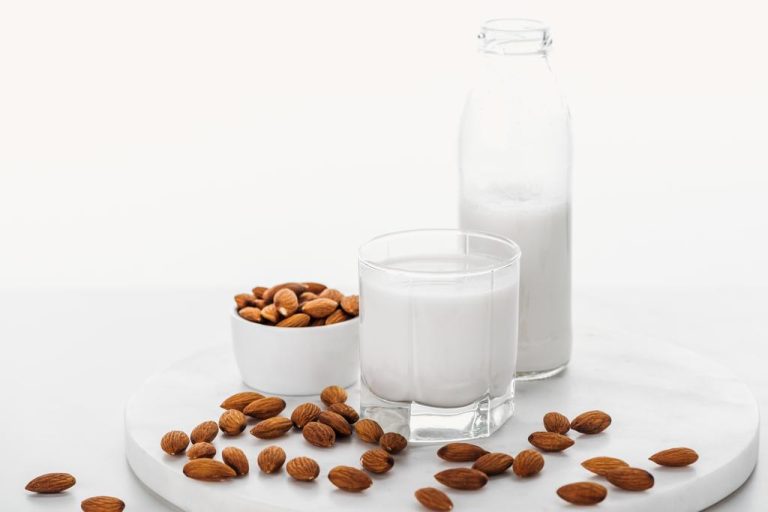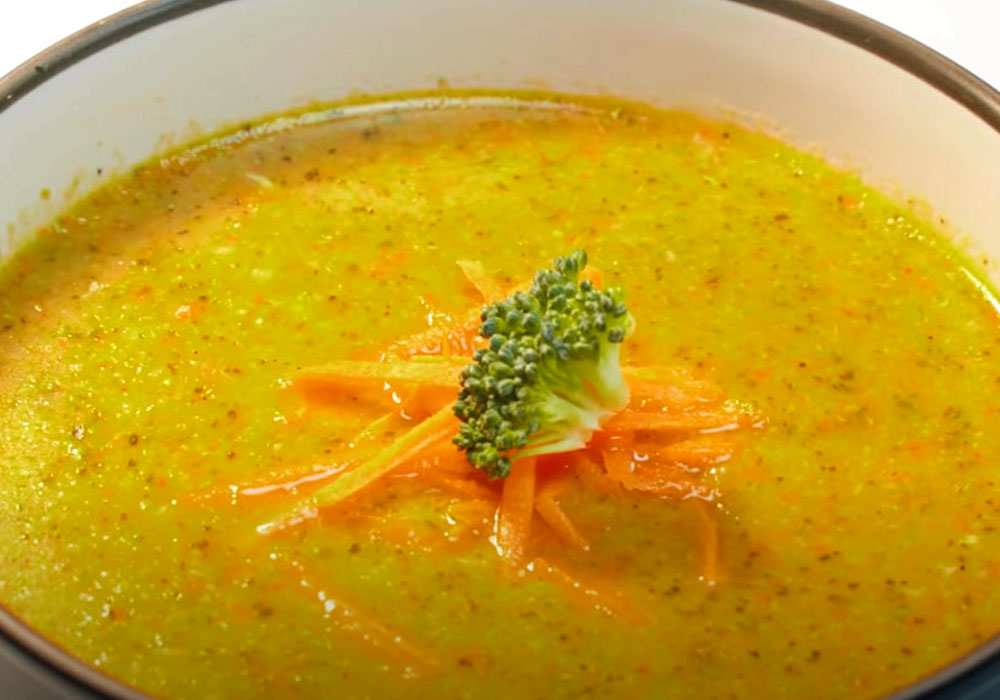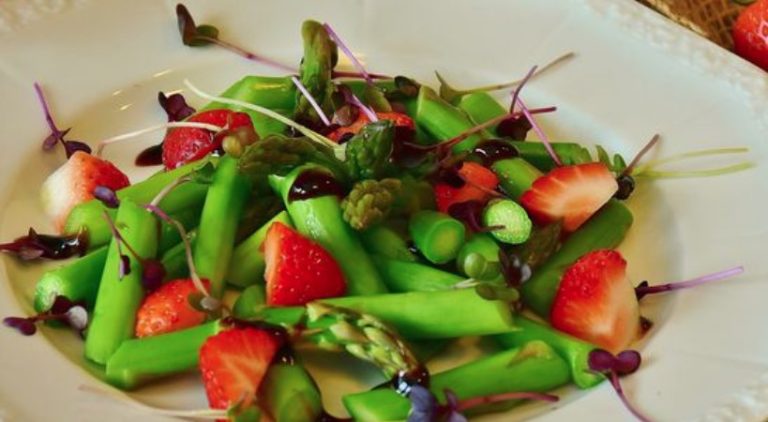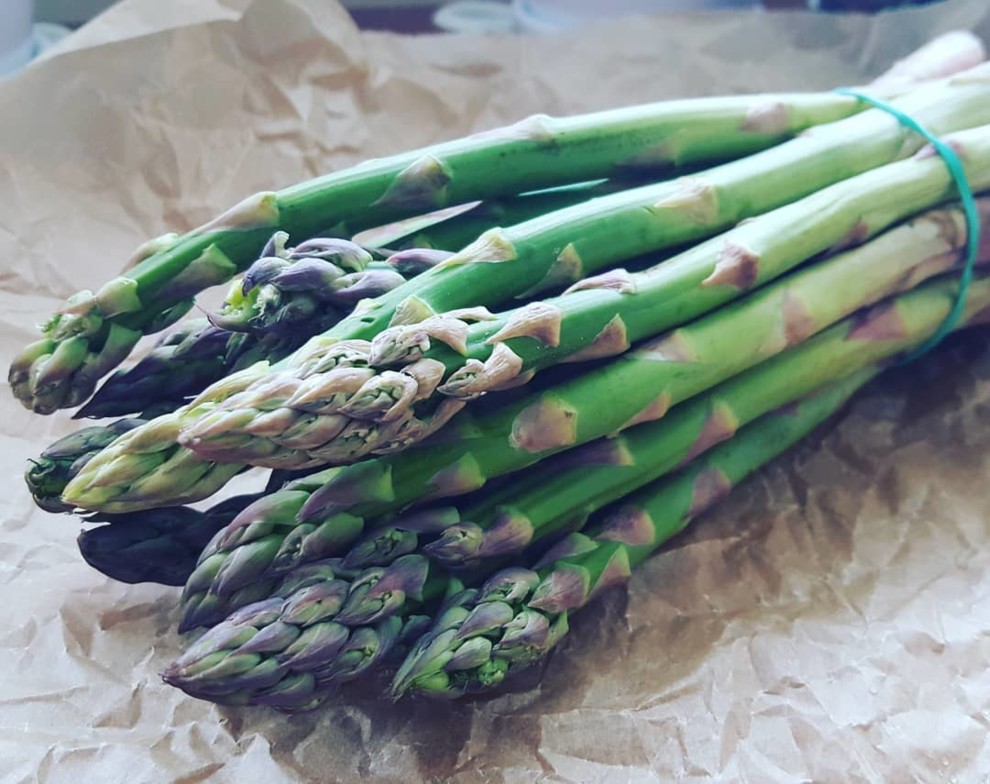Hazelnut milk is now a popular plant-based milk alternative. Here you can find out more about their nutritional values, their sustainability and the most famous brands. We also show you how to make your own hazelnut milk at home.
Hazelnut milk: calories and nutritional values
Hazelnuts are healthy – so hazelnut milk also has many important ingredients. We give you an overview of the essential nutritional values.
Like all types of nuts, hazelnuts provide you with plenty of essential fatty acids.
In addition, they contain vitamin E and B vitamins.
The body also absorbs various minerals from hazelnuts. This includes:
calcium
magnesium
iron
zinc
phosphorus
Depending on the brand and preparation, 100 milliliters of hazelnut milk contain between 30 and 50 kilocalories. For comparison: 100 milliliters of cow’s milk with 1.5 percent fat content also provide around 50 kilocalories.
The fat content of hazelnut milk is two to three grams. Hazelnut milk provides you with monounsaturated and polyunsaturated fatty acids. Cow’s milk, on the other hand, contains mostly saturated fat.
As far as protein content is concerned, cow’s milk is clearly ahead: it has about three to four grams per 100 milliliters, while hazelnut milk only has 0.5 to one gram.
As a rule, cow’s milk also contains a little more carbohydrates: there are four to five grams per 100 milliliters. Hazelnut milk usually contains around three grams.
The plant-based alternative scores highly when it comes to dietary fiber: While cow’s milk does not contain any dietary fiber, hazelnut milk provides you with 0.5 to one gram per 100 milliliters.
Hazelnut milk: recipe
If you want to enjoy your hazelnut milk as sustainably as possible, it is best to make it yourself. So you can be sure which ingredients it contains. You also save on transport routes and packaging waste.
For one liter of hazelnut milk you need:
80g hazelnuts
1l water
a pinch of salt
a sweetener of your choice (dates, honey, syrup, sugar, etc.)
That’s how it’s done:
Pour the water over the hazelnuts and let the mixture steep for at least two hours or overnight.
Then add them to a high-powered blender along with all the other ingredients and blend well for a few minutes.
It is best to pour the liquid through a nut milk bag or cheesecloth and catch the nut milk in a tall container. Squeeze out the leftover nuts that are now in the cloth and squeeze out as much liquid as possible.
If you don’t have cheesecloth, you can alternatively use a sieve that is as fine-meshed as possible.
Pour the finished hazelnut milk into a sealable container. Store in the refrigerator and use within 3-4 days.
Tip: You should never throw away the remaining “nut pomace”. For example, you can use it to bake biscuits, cakes or bread, or add it to your muesli or yoghurt.
How sustainable is hazelnut milk?
More and more people are starting to replace cow’s milk with plant-based alternatives. As a rule, they give two main reasons for this from an ecological and ethnic point of view: On the one hand, they want to set an example against factory farming by not using conventional cow’s milk.
Dairy cows in so-called “intensive animal husbandry” lack space, fresh air, sun and exercise. Since such an attitude neglects the basic needs of the animals, it often leads to behavioral disorders, injuries and illnesses.
However, factory farming is not only harmful to the animals themselves, but also to the environment, especially the climate: According to the Albert Schweizer Foundation, the production of one liter of milk releases around 2.4 kilograms of CO2, which roughly corresponds to the combustion of one liter of petrol. Plant-based alternatives, on the other hand, cause significantly fewer greenhouse gases. In addition, their production sometimes uses significantly less energy and space.
Hazelnuts: Social and ecological problems
Even if the nuts for hazelnut milk can grow in Germany without any problems, most of them are still grown in Turkey. In order to be able to cover the strong demand for the popular nuts, so-called monocultures developed there. Since monocultures are very susceptible to disturbance, it is necessary to fertilize the trees frequently. Pollutants are also used to control pests.
Another problem is the working conditions of the harvest workers. The harvesting of the nuts is still largely done by hand. According to a ZEIT article from 2014, it is not uncommon for children over the age of ten to work under inhumane conditions.










